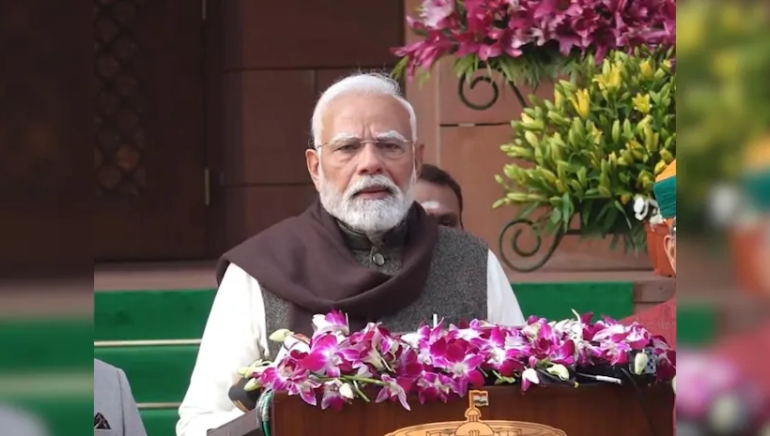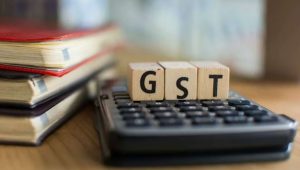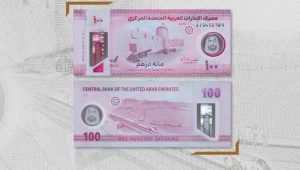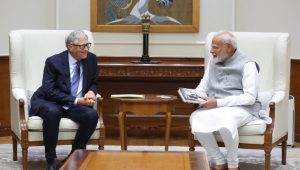India has slashed personal tax rates in its annual budget, hoping to encourage local consumption while global economic uncertainty persists. The PM Modi government increased the tax-free income threshold from 700,000 rupees to 1.28 million rupees ($14,800). Additionally, tax rates were reduced for persons earning more than this amount.
Finance Minister Nirmala Sitharaman remarked that the decision would increase the middle class’s disposable income, encouraging higher household spending, savings, and investment. On the other hand, this tax relief will cost the Treasury 1 trillion rupees (or $11.6 billion) every year.
The budget also included assistance programs for farmers, youth, women, and low-income individuals. Farmers would benefit from increased subsidised credit limits of 500,000 rupees ($5,778). To combat high food inflation, the government launched a nationwide campaign to promote high-yield crops such as pulses and cotton.
India’s fiscal deficit target for 2025-26 is 4.4% of GDP, with plans to borrow 14.82 trillion rupees. To stimulate financial sector growth, the government increased the foreign direct investment ceiling in insurance from 74% to 100%.














